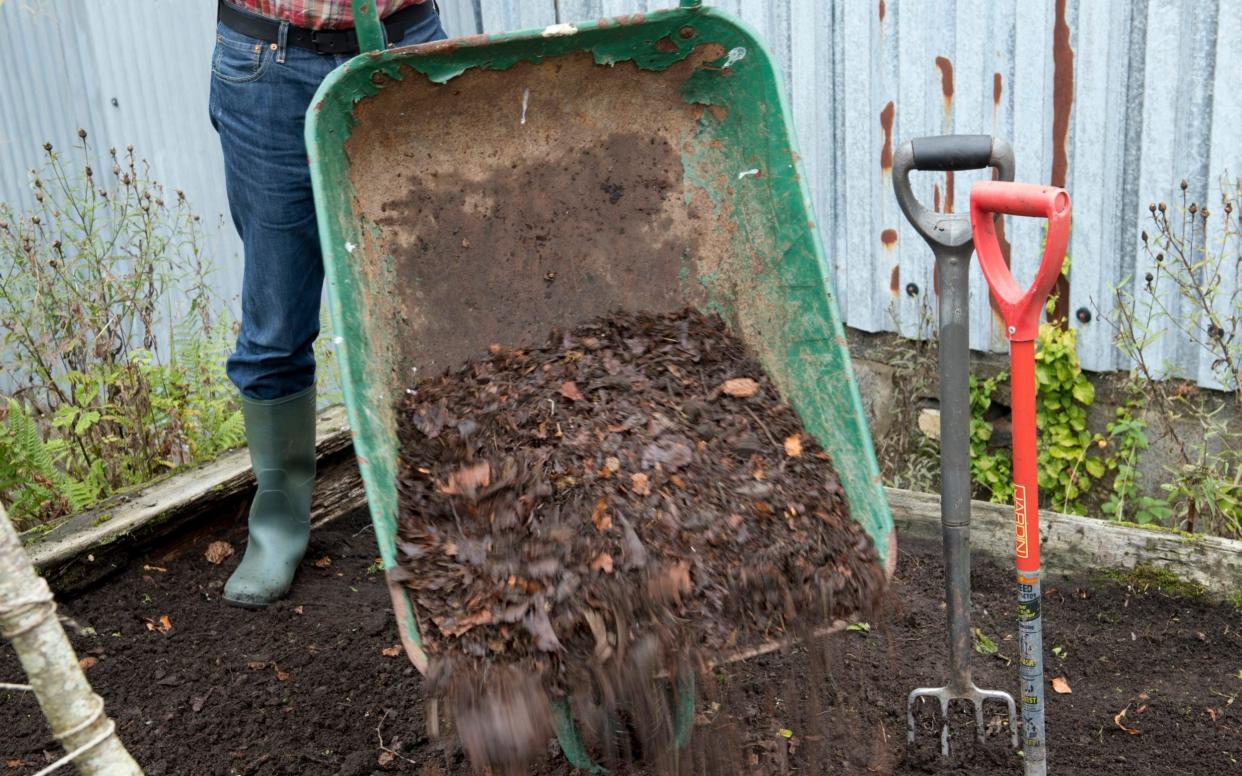How to feed your soil in autumn for better veg in spring

Healthy soil leads to healthy veg and, as we swing into autumn, it’s time to enrich your plot for 2020. Adding organic matter soon – compost or well-rotted manure – gives friendly soil organisms time to work their magic and incorporate the good stuff over the winter.
First it helps to understand your soil type and texture, be it clay, sand or loam. For a simple test, grab a handful of damp soil and squish it into a ribbon as you would Play-Doh. If you can form a 10cm+ ribbon it’s clay, water-retentive with a tendency to turn rock solid when dry. Sandy soils fall apart without forming a ribbon at all, leaching nutrients and water faster. Loam soils are a halfway house, forming a short ribbon before falling apart.
Whatever your soil, the solution to shortcomings is always organic matter. Rich in the nutrients plants need to grow, organic matter also retains moisture while binding sand and opening up the structure of claggy clay for good root growth. The traditional method involves digging to a spade’s depth to add organic matter deeper: back-breaking work I have never bothered with. I add it as a mulch, which also helps to suppress weed seedlings.
You can tell if soil lacks organic matter if it’s light in colour; the darker the better. If your soil needs a lot of improvement, add a 10-15cm layer of organic matter, though for most soils 3-5cm is enough. I find 1.5 tonnes covers 30 sq m of soil in a 5cm layer. But there’s no need to cover every inch of space, crops such as garlic and onions actually prefer poorer soil.
Last autumn I concentrated a 7-8cm depth of compost on my leafy brassica bed. This spot is still rich and won’t need anything extra when I plant potatoes in spring. All gardening is a balancing act.



